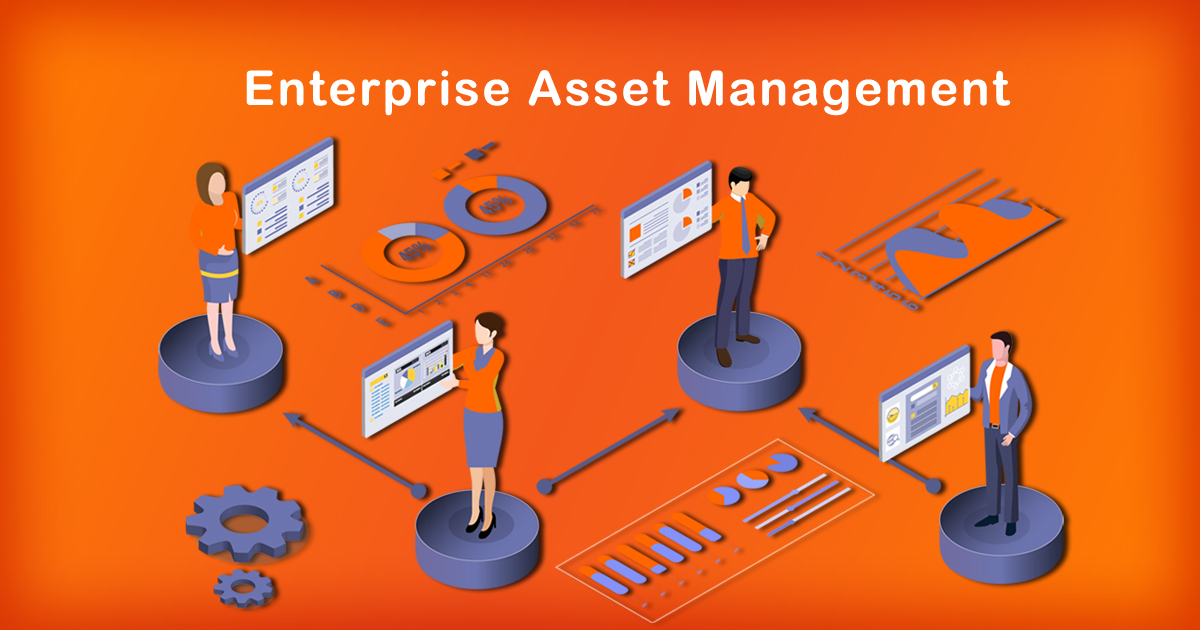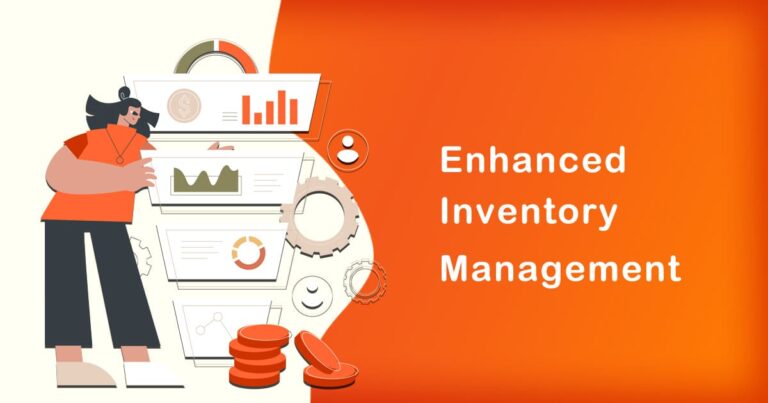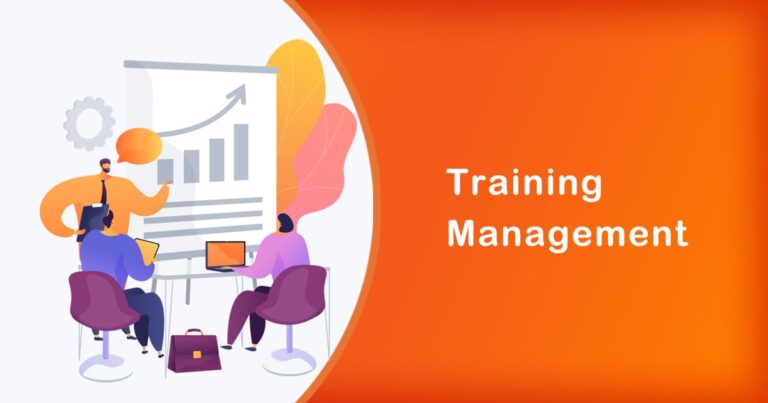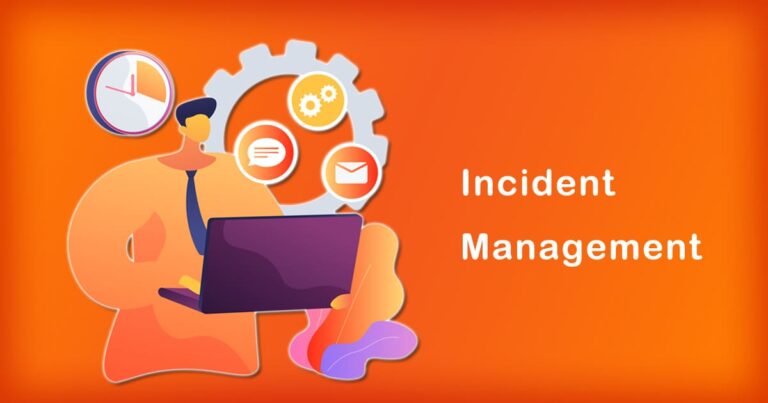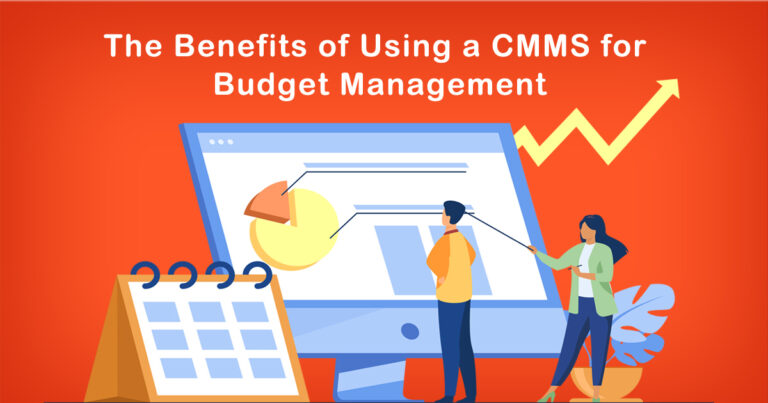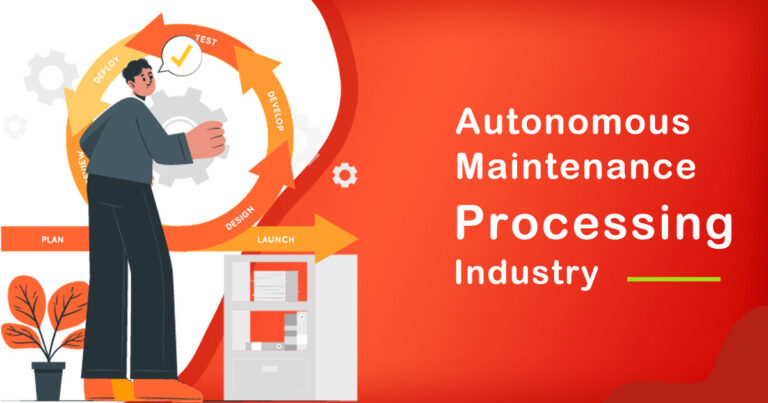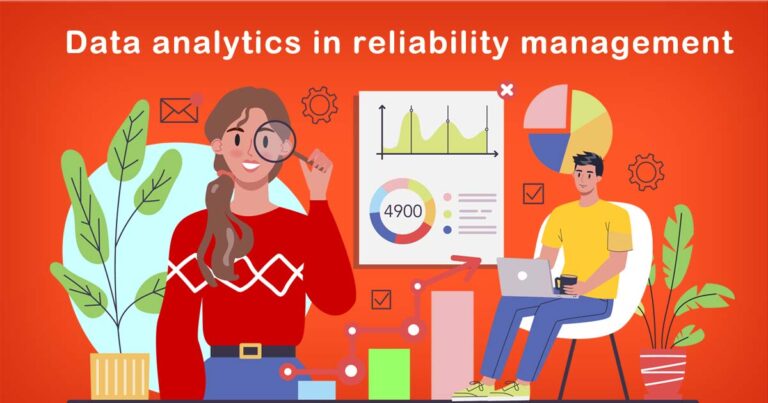Introduction
Enterprise Asset Management (EAM) is a vital function for companies of all sizes and industries in India. EAM refers to the management of physical assets such as equipment, machinery, and buildings to optimize their lifespan, reduce operational costs, and enhance productivity. With the growth of industries like manufacturing, construction, transportation, and logistics, the demand for effective EAM practices has increased significantly in India. In this blog, we will discuss the best practices for EAM in India based on research and facts.
1. Define your EAM strategy
The first step towards effective EAM in India is to define a clear strategy that aligns with your business goals. This strategy should include a comprehensive inventory of all your assets, their expected lifespan, and their maintenance requirements. It should also identify key performance indicators (KPIs) to measure the success of your EAM program, such as asset uptime, maintenance costs, and asset utilization. By defining a clear EAM strategy, you can ensure that all stakeholders are aligned towards a common goal and that your program is effective in achieving its objectives.
2. Invest in EAM software
EAM software is a critical tool for effective asset management in India. It enables you to automate key processes such as maintenance scheduling, work order management, and inventory tracking. It also provides real-time data on asset performance, enabling you to identify issues before they become critical. By investing in EAM software, you can reduce manual effort, improve data accuracy, and optimize asset performance.
3. Implement preventive maintenance
Preventive maintenance is a key component of effective EAM in India. It involves scheduling maintenance tasks based on predetermined intervals or trigger points to prevent equipment breakdowns and unplanned downtime. Preventive maintenance can help extend the lifespan of your assets, reduce repair costs, and enhance asset performance. By implementing a preventive maintenance program, you can ensure that your assets are maintained in a timely and cost-effective manner.
4. Conduct regular inspections
Regular inspections are an essential component of effective EAM in India. Inspections enable you to identify potential issues before they become critical, such as wear and tear, corrosion, or other forms of damage. Regular inspections can help you maintain asset uptime, reduce repair costs, and improve safety. By conducting regular inspections, you can proactively address potential issues and prevent costly downtime.
5. Train your maintenance team
Effective EAM in India requires a skilled and knowledgeable maintenance team. Training your maintenance team on the latest technologies, maintenance practices, and safety protocols is essential to ensuring that your assets are maintained to the highest standards. Investing in training can also help reduce errors, improve efficiency, and enhance asset performance.
6. Establish asset lifecycle management
Asset lifecycle management involves managing assets from acquisition to disposal. It includes activities such as asset planning, procurement, maintenance, and disposal. Effective asset lifecycle management can help you optimize asset performance, reduce costs, and enhance ROI. By establishing asset lifecycle management, you can ensure that your assets are managed effectively throughout their lifespan.
7. Continuously improve your EAM program
Continuous improvement is an essential component of effective EAM in India. By continually reviewing and analyzing your EAM program, you can identify areas for improvement and implement corrective actions. Continuously improving your EAM program can help you enhance asset performance, reduce costs, and improve overall business outcomes.
Conclusion
In conclusion, effective enterprise asset management (EAM) is critical for companies in India to optimize their physical assets’ lifespan, reduce operational costs, and enhance productivity. Implementing best practices such as defining a clear EAM strategy, investing in EAM software, implementing preventive maintenance, conducting regular inspections, training maintenance teams, establishing asset lifecycle management, and continuously improving EAM programs can help achieve these goals. By adopting these practices, companies can ensure that their assets are managed effectively, leading to improved business outcomes, reduced costs, and enhanced return on investment. Therefore, it is essential for companies in India to prioritize EAM and implement these best practices to succeed in today’s competitive business environment.


